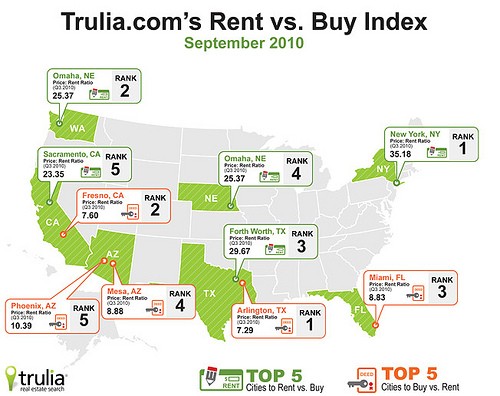Investment fees Advice is never free
Post on: 24 Июнь, 2015 No Comment

In David Trahair’s words, he is a “simple conservative accountant.”
He holds fixed-income investments. His RRSP investments are in GICs and provincial government bonds.
“Even though it’s very simple, I still use a licensed investment dealer,” says the Toronto-based chartered accountant and author of Crushing Debt .
His investment advisor said he could charge him in one of three ways: by commission based on the products he sold, on an hourly rate, or lastly, a flat fee or a fee based on his assets.
Mr. Trahair chose the last option; but traditionally, Canadians have not enjoyed writing a cheque for their planning advice.
Many opt to have their financial advisors be compensated through commissions — by the sale of mutual funds, for example — so they may never receive an actual bill.
“Investment advice is never free, even if it’s ‘free’, ” warns Perry Quinton, vice-president of marketing at the Investor Education Fund.
“The costs are built in somewhere and you’re going to pay them.”
So how should you pay — and how much? That may depend on the amount that you have to invest.
For those with investable assets of, say, under $50,000, the simplest solution would be to walk into your financial institution and speak to an advisor there.
“We don’t charge for a financial plan. That’s not contingent on you buying something from us either,” says Jason Round, head of financial planning support at RBC. “We’ll help you get on the right path.”
Will and estate planners or tax experts at banks often offer a free initial consultation; however, there’s a cost such as a flat fee if you choose to move forward.
Advisors at your bank work on a salary basis, though some make added commissions; so while there is no direct, out-of-pocket expense, fees are embedded in the investment or insurance products that you buy to implement their recommended financial plan.
“The reality in Canada is that the vast majority of financial planners hold mutual fund registrations; so their bread and butter is selling funds,” Ms. Quinton says.
Turned off by Canadian mutual fund fees, which according to studies are among the highest in the world, Mr. Trahair switched his investments from mutual funds to fixed income investments. (The so-called “invisible fees” embedded in mutual funds include management fees and operating expenses that investors don’t often see because returns are reported after the fees have been collected.)
You could opt for the DIY route; investors who are more tech savvy often use discount brokers which offer online trading. “I’ve seen flat fees on trades ranging anywhere from $10 a trade to $100 a trade,” Ms. Quinton says. The downside to this is that you must do the research, come up with your own plan, and buy and sell your investments.
As is often the case, the more money you have, the more options become available.
For those with more than $100,000, it might be time for you to consider other financial planning possibilities such as fee-based or fee-only advisors.
With fee-based payment methods, the advisor charges a fee based on your assets — a percentage of your account value or a percentage of your net worth. If your account value grows, they make more money, creating an incentive to boost your funds.
“Some people argue: they’re motivated to meet my goals with me. On the other hand, the downside some say is they get paid no matter what they do. If they have 100 to 200 clients, how can I possibly be a priority?” Ms. Quinton says.
While fees could be 1.5% or less per year on the total size of your portfolio, fees are negotiable; the bigger your pot, the less fees you will pay.
Some financial planners will charge you an hourly rate or a flat fee to make you a financial plan. “The development of a comprehensive financial plan takes time and effort and an advisor who is truly doing comprehensive financial planning would never do so for anything less than $2,000,” says Scott Plaskett, a certified financial planner and founder of Ironshield Planning. “You’re paying for a whole year’s worth of discussions and strategizing. Financial planning is a moving thing.”
Fee-only planners receive 100% of their income from clients and no commissions. However, they do not implement the financial plan; you have to buy and sell your own investments.
Also both fee-only and fee-based planners may charge a quarterly or annual retainer. “The retainer model is a great model because there’s full disclosure and people aren’t afraid to contact their advisors,” Mr. Plaskett says.
While these solutions are available to all investors, those with less than $100,000 may have difficulty finding a fee-based or fee-only planner; on top of that, it may not be financially beneficial to the investor.
“When you have less than $100,000 in assets under management, what can I take on that without gouging you?” Fabio Campanella, a chartered accountant and a certified financial planner, says. “I can take a per cent so about $1,000 a year.”
“I’m not going to charge you trading costs but everytime I trade, I have to pay $10, $25 or $50 per trade, and there are other fees I’m eating. So when you have less than $150,000, fee-based guys don’t want to touch you because it’s a lot of work for very little compensation, especially if they’re building the portfolio from the ground up using stocks and bonds.”
Meanwhile, for those with more than $5-million in investable assets, you’ll probably need a wealth management team.














